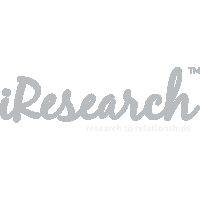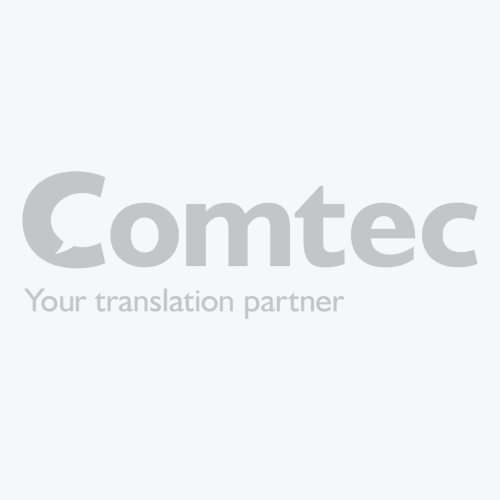When and How to Pivot Post-Crisis
This year all brands, businesses and organizations across all verticals are struggling with the same questions in relation to marketing:
- When and how do I begin ramping up my marketing efforts?
- How can content marketing help my business recover?
While this is obviously an unprecedented situation, VERB has been able to apply our experience and lessons learned from previous issues and crisis to build recovery plans for our clients. Our approach involves following our best practices, ethical principles (authenticity, honesty, and transparency), and data.
During a Crisis
When an issue or crisis arises, all marketers should quickly do the following:
- Review scheduled posts, blogs, emails and articles for insensitivities. Pause publication and edit as required.
- Review advertising and pause as required.
- Identify ways (if appropriate) to continue telling and sharing stories to keep the brand top-of-mind without being disrespectful. For example, for some of the travel brands VERB works with, we created virtual travel experiences in the form of Zoom backgrounds, at-home recipes and our favourite User Generated Content during the height of travel restrictions.
When to Pivot
When you are determining when to pivot back towards your key marketing goals and content, you can:
Monitor the following to determine consumer sentiment:
- Social conversation (we use tools like SproutSocial and Brandwatch)
- Google Search Trends (compare crisis-related keywords against brand terms)
- Your own community (engagement and comments on social posts)
- Current events and headlines
- Competitors/industry landscape behaviour
Ask Yourself:
- Is it safe/appropriate/respectful to begin to shift?
- Are you seeing a notable shift in a positive direction?
- Can I confidently go back to market?
- Can I be transparent about the experience I’m promoting/brand I’m selling?
- Will my brand be damaged in any way by pivoting back to “business as usual”?
- Is confidence being restored?
- Is the conversation moving on to another topic?
- Are comments on my content primarily positive?
Then, it’s about getting back to the heart of your story. Gradually, you’ll return to your pre-planned editorial calendar, while continuing to acknowledge, answer questions, and put out relevant crisis management information as appropriate.

Content for Recovery
As you move into a recovery phase with your content, the material you create must do the following:
- Answer questions
- Restore confidence
- Inspire conversion
Step 1 – Supporting Authenticity, Transparency and Honesty in Content
Site Content
- Update FAQ content to include details and background as to what your company is doing to support safety and hygiene.
- Clearly outline what’s open and what’s closed/any interruptions to anticipate in service or delivery.
Social
- Send specific questions via social to FAQ page(s).
- Add a “safety” highlight to Instagram profile.
- Showcase customers/clients/visitors in UGC. (Use reviews and UGC such as videos and photos to add authenticity to your marketing efforts, using real people to demonstrate the safety of your destination/security of your product or business.)
Feelings to Reinforce in Content:
- Safety, security, confidence.
Step 2 – Build the Recovery Editorial Plan
As current events evolve and change, so too must your tone and content. But, to begin, here are some things to plan and get started:
Goal: Determine what your audiences need/want and how your brand is part of this story.
Creating New Content:
- Google Trends – what are your audiences actively searching for?
- Social – what are your target demos actively commenting on and engaging with?
- Brand goals – what aspect of your business or organization can you safely highlight and promote?
- Develop story ideas based on your content for your recovery editorial calendar.
Re-Using Existing Content:
- Evergreen Content Audit – what pre-existing content do you have that A) consistently performs B) supports your holistic brand promise?
- Refresh content with new imagery and information where possible, add republishing and sharing dates to editorial calendar.
Your recovery editorial plan will also need to be nimble and flexible as you monitor changes and the response to your efforts.
Stephanie covered this in a recent webinar with the CMA. You can watch the replay for further insights.
Want to find out more about VERB Interactive? Check out their member page.






